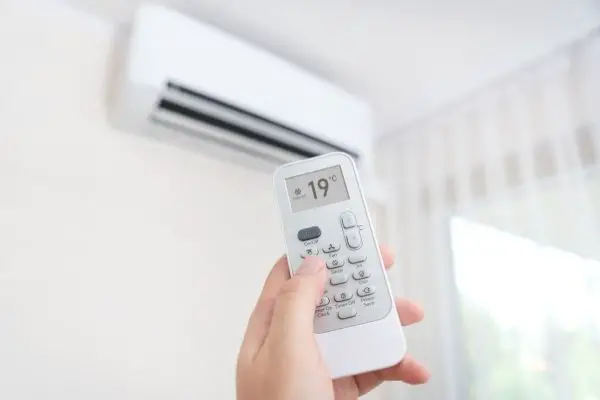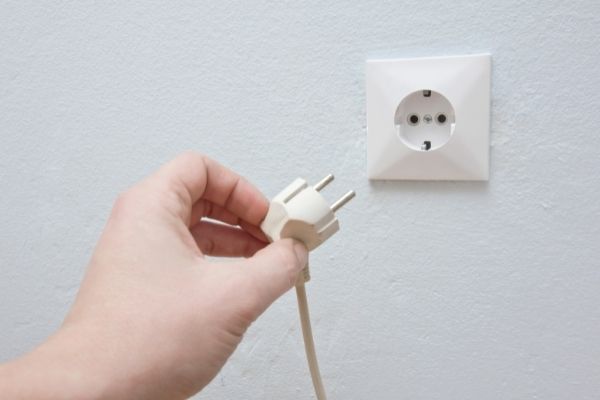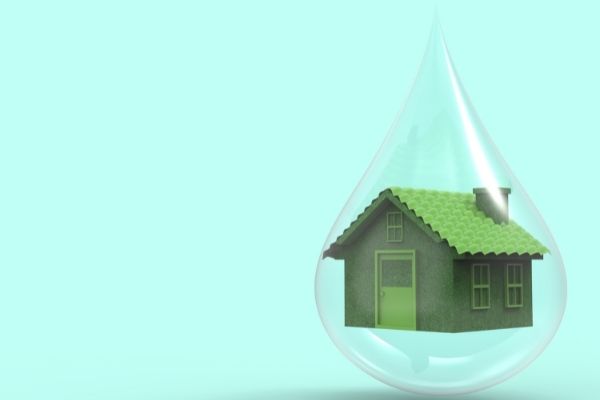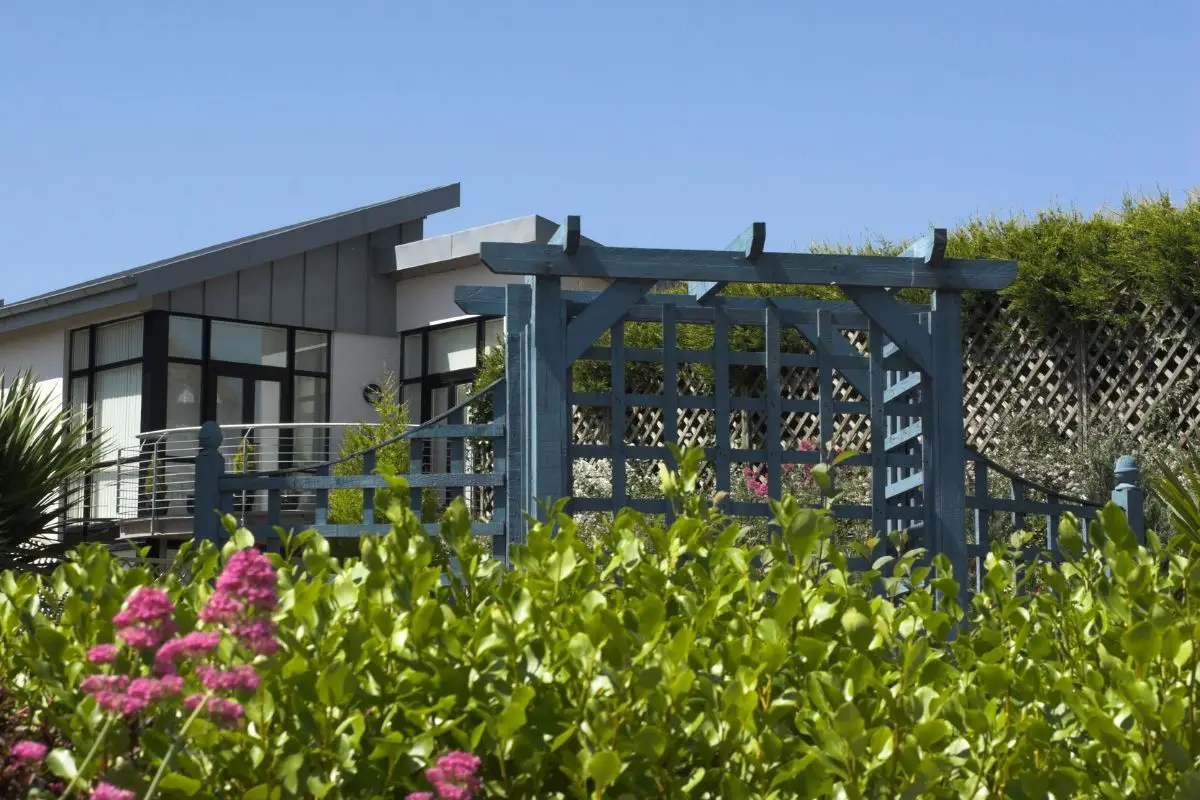11 Energy Saving Tips For A More Eco-Friendly Home
Climate change is here! If you believe in science (I certainly do!), there is no sugar coating… our planet is in danger!
Compared to a decade or two ago, although we knew it was already happening, the impacts of climate change were not as wild, and hence most people treated it as a non-threat. This situation has gradually but steadily changed to a point where it’s urgent.
Today, events such as heatwaves, rising sea levels, melting glaciers, and natural disasters such as the recent bushfires are happening on a large scale.
Global warming can no longer be dismissed as a false alarm. If anything, it’s a defining global issue of the current generations. Corporations and individuals are all brainstorming on ways they can help reduce and end climate change. This has seen a move toward making businesses eco-friendly.
For example, you might have noticed that companies are replacing plastic coffee cups with biodegradable paper cups. Additionally, today, some homes have switched to using renewable energy sources such as solar, instead of non-renewable sources like electricity. If you are a technical nerd, visit solarrun.com.au to learn more about solar power and storage capacity specifications – they have great data sheets.
Climate change leads to severe consequences such as lack of sufficient food and disasters such as flooding that could end human life and destroy properties. Therefore, this situation could use all the help it can get to have it halted or mitigated. If you’ve been wondering how you can be part of this noble act of ending climate change, here are eleven energy-savings tips to make your home eco-friendly:
1. Use Natural Lighting
Lighting your house accounts for a significant chunk of your energy consumption. The most common way to light up homes is through electricity.
Using natural light such as sunlight during the day to replace electricity helps reduce the power bill that you would have consumed during the day.

One way to maximize natural light in your house is by fitting large windows. Large windows help trap as much sunlight as possible, which properly lights up the house. Fitting large windows is an alternative if you’re still constructing your home or are looking to renovate it and make it eco-friendly. Additionally, it helps when the windows face north and south instead of east to west.
Other ways you can maximize natural light is by using skylight roofs and drawing open your curtains.
2. Use Solar Energy
Solar energy is a renewable energy source: it’s a natural resource that can’t be depleted, unlike non-renewable resources like coal. Additionally, power extraction from solar panels doesn’t lead to any emissions like extraction from other resources does. Solar panels directly collect energy from the sun. Therefore, using solar energy makes your home eco-friendly.
Even though solar panels’ installation cost is quite expensive, in the long run, you get value for money. With a fully solar-powered home, you no longer have to pay electricity bills. And if you still use electricity, the bill will be significantly reduced. Moreover, the maintenance of solar panels requires that you keep the solar panels clean from any dirt and debris.
3. Replace Traditional Bulbs With Energy-Efficient Bulbs
According to experts, traditional incandescent bulbs consume more electricity than energy-efficient bulbs. Specifically, energy-efficient bulbs have been found to use up to 90% less electricity.
Other than that, energy-efficient bulbs last longer, up to twenty years, compared to traditional bulbs that have to be replaced every once too often. Types of energy-efficient bulbs include:
- Light-emitting diode bulbs (LEDs)
- Halogen Incandescent bulbs and
- Compact fluorescent lights (CFLs)
4. Insulate Your Home
A significant amount of energy in your home is lost due to inadequate insulation. Proper insulation will help lower the energy lost and hence decrease the energy utility bill. When you insulate your home properly, it retains heat during winter, helping you avoid overconsumption of electricity when warming up your house. Similarly, proper insulation helps keep out the heat during summers so that, again, you don’t have large electricity bills trying to keep the house cool.

When choosing the right type of insulation for your home, you have to know the level of heat resistance of the insulation materials, also known as the R-value. The R-value depends on your geographic location. The recommended R-value in warmer regions is lower than that of colder places. Therefore, to avoid choosing the wrong type of insulation, you’re advised to consult with an expert and to have them do the insulation.
For those, who do not have proper insulation, blackout or thermal curtains can actually be quite helpful.
5. Use A Compact Layout Design
This is another tip to help with insulation, and it applies to people who are still constructing their homes. A compact layout means that the surface area of the house is reduced. A reduced surface area helps the house retain most of its heat, unlike spread-out homes that lose heat faster.
Spherical or cubed-shaped spaces are good compact layouts you can consider for your home. Also, taller homes are more energy-efficient than spread-out homes like bungalows. With a compact layout design implemented, you’re already one step ahead of being energy-efficient through proper insulation.
6. Install Double-Glazed Doors
This is another tip to help with insulating your home. Double-glazed doors and windows are made of two glass panes with an air-sealed gap between them. The gap acts as insulation, preventing the loss of heat from the house and the entry of cold temperatures. This helps with your power consumption during winter. You consume less power with heating; hence the utility bill is low.
Additionally, since the double-glazed windows and doors regulate the loss of heat, they help reduce the emission of greenhouse gases from heating and cooling. Installing them, therefore, helps reduce your carbon-footprint making your home eco-friendly.
7. Use Smart Automated Devices
Smart, automated devices will help you regulate your power consumption even when you forget to. Automated devices are designed to detect when you’re no longer using the device so that they can turn off automatically, hence cutting power consumption.
A good example of a smart, automated device is the smart thermostat. The device is designed to give you the right amount of heating, which is 10-12% and the right air conditioning of about 15%

Other smart devices you should consider using include dimmers and timers. Dimmers are able to detect the amount of lighting you need at a particular time. They, therefore, dim or brighten accordingly, helping you consume only the amount of power you require at a given time
8. Use Energy-Efficient Appliances
You can’t escape the need to use electricity in your home. Ideally, at least five appliances in a typical home can’t run without power. They include:
- A washing machine
- A refrigerator
- A fan
- Dishwasher
- A heat pump
With such devices and many more, it helps when you purchase energy-efficient appliances. Luckily most of the newly manufactured appliances are energy efficient, and they’re labeled Energy-Star-rated to help with easier identification. The Energy Star label is a federal guarantee that the appliance uses less power when turned on or when on stand-by.
The energy efficiency capacity of a device differs from one appliance to another. For example, Energy Star-rated laundry machines consume 25% less energy than the standard models, while refrigerators consume 9% less.
9. Always Unplug Devices That Are Not In Use
Did you know that devices that are plugged in but not in use still consume power? According to Energy.gov a plugged-in unused phone charger consumes 0.26 watts of energy. Although that may seem like an insignificant amount of energy, the aggregate power consumption is enough to increase your electricity bill by about 10% when you leave several plugged devices. Therefore, to avoid all these, make a habit of unplugging all devices that aren’t in use.

10. Tune Up Your HVAC System
It’s recommended that you tune up your HVAC (heating, ventilation, and air conditioning) system at least every year. This helps to ensure that the system is running at top efficiency. While your house is being heated or cooled, the HVAC system is consuming only enough power.
Tuning up your HVAC system can also help avoid replacing the furnace regularly. You can do the following:
- Lubricate the necessary parts
- Ensure that connections are tightened
- Clean the coils
11. Regularly Replace Air Filters
There are many devices in your home that use air filters, including your HVAC system. Most devices have a reminder label to replace the air filters regularly. However, some people don’t, or they forget. The air filters become clogged, and they put a strain on the entire device.
When the device is strained, it tends to require more power to run. This, therefore, leads to more energy consumption in your house and a higher bill. Therefore, to avoid such a scenario, regularly replace the air filters. It helps the device to work efficiently and consumes less power.
Final Thoughts
Cooking, boiling water, or even doing laundry may seem like very insignificant contributors to carbon footprint, but they’re not. In the world today, there are about seven billion people. When each of these people does the activities mentioned above, a significant amount of carbon footprint contributes to climate change.

Therefore, it’s equally the responsibility of individuals and organizations to develop ways to stop climate change. For individuals, specifically households, you can make your home eco-friendlier by adopting some if not all of the energy savings tips discussed in this article.





